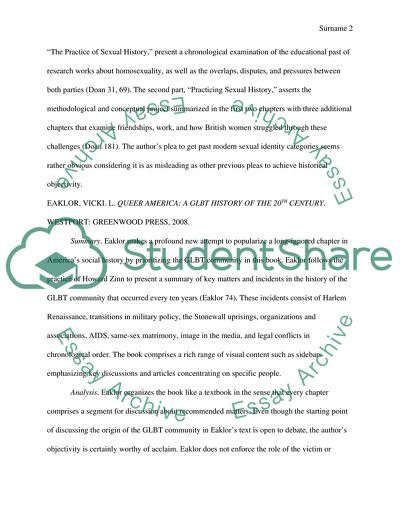Cite this document
(Using Dehumanizing Terms That Historically Mean Something Else Annotated Bibliography, n.d.)
Using Dehumanizing Terms That Historically Mean Something Else Annotated Bibliography. Retrieved from https://studentshare.org/gender-sexual-studies/1862877-using-dehumanizing-terms-that-historically-mean-something-else
Using Dehumanizing Terms That Historically Mean Something Else Annotated Bibliography. Retrieved from https://studentshare.org/gender-sexual-studies/1862877-using-dehumanizing-terms-that-historically-mean-something-else
(Using Dehumanizing Terms That Historically Mean Something Else Annotated Bibliography)
Using Dehumanizing Terms That Historically Mean Something Else Annotated Bibliography. https://studentshare.org/gender-sexual-studies/1862877-using-dehumanizing-terms-that-historically-mean-something-else.
Using Dehumanizing Terms That Historically Mean Something Else Annotated Bibliography. https://studentshare.org/gender-sexual-studies/1862877-using-dehumanizing-terms-that-historically-mean-something-else.
“Using Dehumanizing Terms That Historically Mean Something Else Annotated Bibliography”. https://studentshare.org/gender-sexual-studies/1862877-using-dehumanizing-terms-that-historically-mean-something-else.


